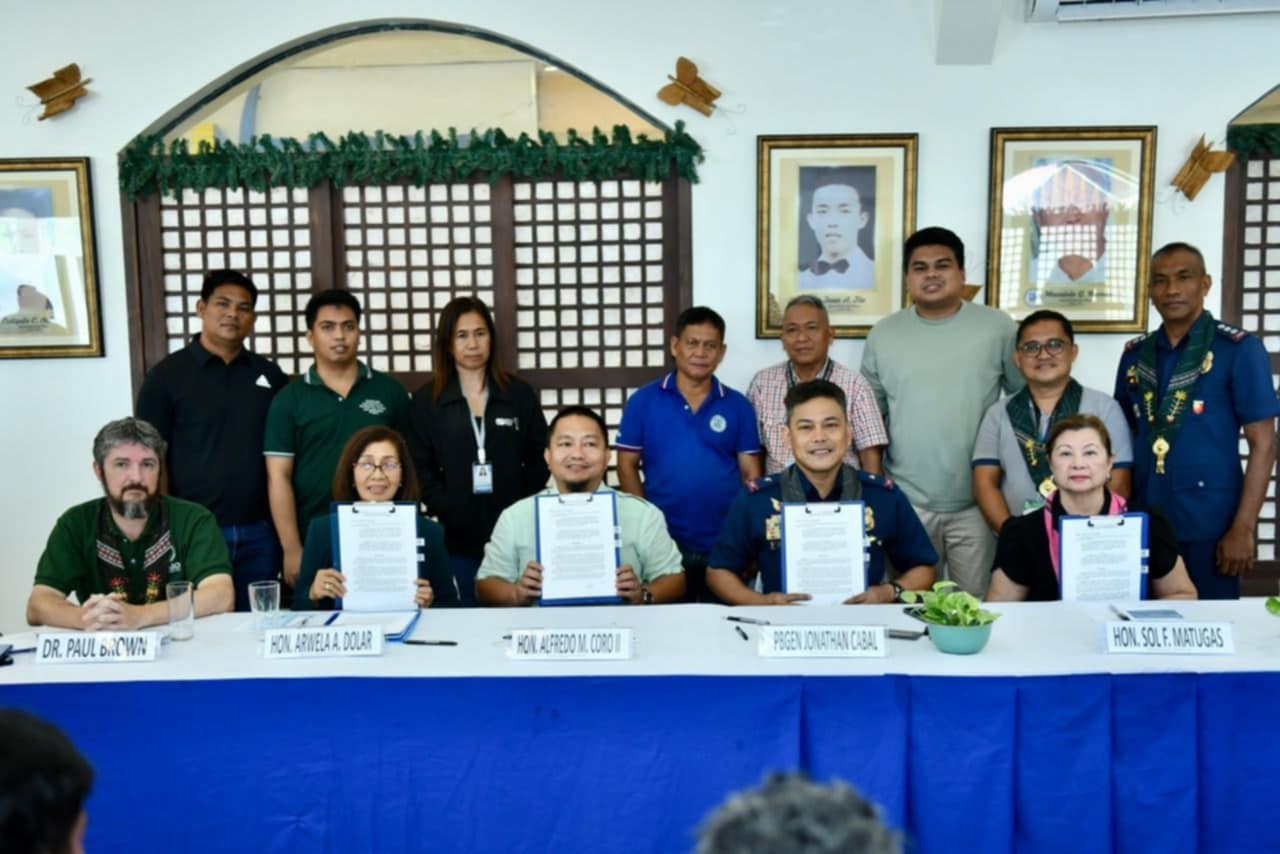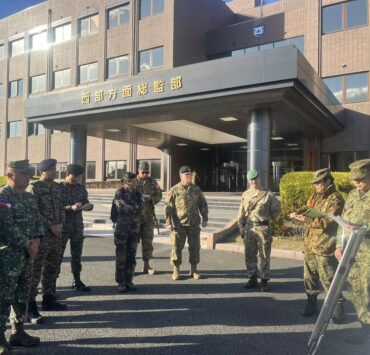Guardians of nature: PNP Maritime Group’s commitment to biodiversity conservation and sustaining fish catch

The Philippine National Police (PNP) deserves recognition not only for its regular duties but also for the other lesser-known aspects of its mandate, such as participation in biodiversity conservation initiatives. This is a side aspect of police work, which rarely gets coverage.
It is pleasing to see the PNP getting involved in such worthwhile civic duties amidst the bad publicity that has shaped public perception of it.
The PNP Maritime Group (MG) has been a member of the Marine Protected Area Support Network (MSN) for more than a decade and has started its own initiative, the Adopt a Marine Protected Area (AMPA) program. This program involves the adoption of specific protected areas by local maritime police units within their jurisdictions to strengthen the enforcement efforts of local institutions like Marine Protected Area (MPA) fish wardens or Bantay Dagat. Their joint activities have improved law enforcement in many MPAs such as the Buluan MPA, located in Ipil, Zamboanga-Sibugay, which won the Para El Mar Award for Outstanding Locally Managed MPA category in 2021.
Felix Badon, the Municipal Environment and Natural Resources Officer (MENRO) of Ipil, emphasized that fish abundance, biomass, and coral cover within the Buluan MPA have shown remarkable improvements. Through intensified enforcement, ecological indicators such as fish biomass and coral cover increased tremendously over a short period as demonstrated by the University of the Philippines Marine Science Institute (UP MSI) and the Marine Environment and Resources Foundation (MERF), which conduct periodic biophysical monitoring of Buluan MPA. In addition, the increased tourism and community involvement in MPA management helped promote voluntary compliance, reducing the need for burdensome enforcement measures.
Effective management of marine protected areas
Marine conservation groups, advocates, and stakeholders come together as MSN, which is aimed at improving the governance of MPAs throughout the country. The MSN intends to enhance the effective management of marine protected areas by providing technical assistance, capacity-building activities, sharing best practices, and conducting advocacy activities. While the composition of the MSN may change as time passes, the Marine Environment and Resources Foundation, UP MSI, Conservation International, World Wildlife Fund, Haribon Foundation, Oceana, Rare Philippines, DENR-Biodiversity Management Bureau, and the PNP MG are some of the organizations that have always been integral in the network.
Recently, the PNP MG has joined hands with Siargao through a Memorandum of Understanding (MOU) signed on November 21, 2024. People who witnessed this important signing included mayors of three Siargao municipalities, namely, Alfredo Coro II, Arwela Dolar, and Sol Matugas, along with the Director of the Maritime Group, Brigadier General Jonathan Cabal. An initial phase will begin by testing the AMPA program on four MPAs in Del Carmen, one in Sta Monica, and three in Gen. Luna. As an auxiliary activity of the event, the Ladies Club Foundation headed by Mary Rose Marbil, wife of PNP Chief General Francisco Marbil, organized a mangrove planting activity in Gen. Luna.

This AMPA project has been facilitated by Mar Guidote of Project SIBOL. Mr. Guidote hopes that through this partnership local enforcement can be enhanced against illegal fishers. He emphasized that “this does not only demonstrate the commitment of the PNP in the conservation of our natural environment but also the importance of working together with other agencies to achieve conservation and fisheries goals.”
The intention is to scale up this collaboration to cover the whole of Siargao Island, which harbors about 20 MPAs under local management. The initiative would begin in Del Carmen, as highlighted by Gina Barquilla, the Municipal Environment and Natural Resources Officer (MENRO) of Del Carmen, but will eventually cover the entire protected seascape. It’s worth noting that Siargao is also under the national integrated protected area system as a managed seascape and landscape, hence, locally managed MPAs may be seen as a duplication of effort.
However, according to Protected Area Superintendent Samuel Malayao, the Siargao Islands Protected Landscape and Seascape (SIPLAS) allows for the proliferation of locally managed MPAs (LMMPAs) within the protected area because they tend to garner higher compliance than national laws and the PA law itself. Moreover, the existence of LMMPAs complements the protection effort by SIPLAS, which is faced with limited resources to spend on protection. Additionally, the LMMPAs within SIPLAS become the designated strict protected zones of the protected area.
Biophysical monitoring of 204 MPAs
The PNP MG has claimed to have adopted 204 MPAs all over the country, according to Police Captain Rochelle Bakingkito. She is proposing to further strengthen this initiative by improving the PNP MG’s capacity for conducting biophysical monitoring of MPAs. This capacity-building initiative will be achieved through a partnership with UP MSI and MSN.
There is a significant paucity of capacity for assessing the effectiveness of MPAs nationwide. The most effective and cost-effective way of overcoming this challenge is to assemble local monitoring teams explicitly for this purpose. The trained scuba divers of PNP MG, for instance, can fill this gap, by equipping them with the requisite skills even at the level of citizen science, so that they can complement local capacity to undertake basic ecological monitoring of MPAs in all the regions in the country. This is especially important for areas that are not supported by development partners, local research institutions, and conservation NGOs. There are presently 2,000 locally managed MPAs, and so the 204 AMPA sites are a drop in the bucket, clearly needing a lot of work to even get half of that number reached.
Initiatives of this kind help to clear misconceptions about the police service. If only we can quantify the contribution of the AMPA program to biodiversity conservation, sustaining local livelihoods, and food security, then we can further drive the point. The PNP MG deserves our commendation for this effort, but special recognition goes to Brig. Gen. Jonathan Cabal, the MG Director, who is working hard to continue and deepen his predecessors’ program.
Dr. Michael P. Atrigenio is an Assistant Professor at the Marine Science Institute of the University of the Philippines Diliman and the program head of the Professional Masters in Tropical Marine Ecosystems Management Program. He is also the President of the Marine Environment and Resources Foundation.




















